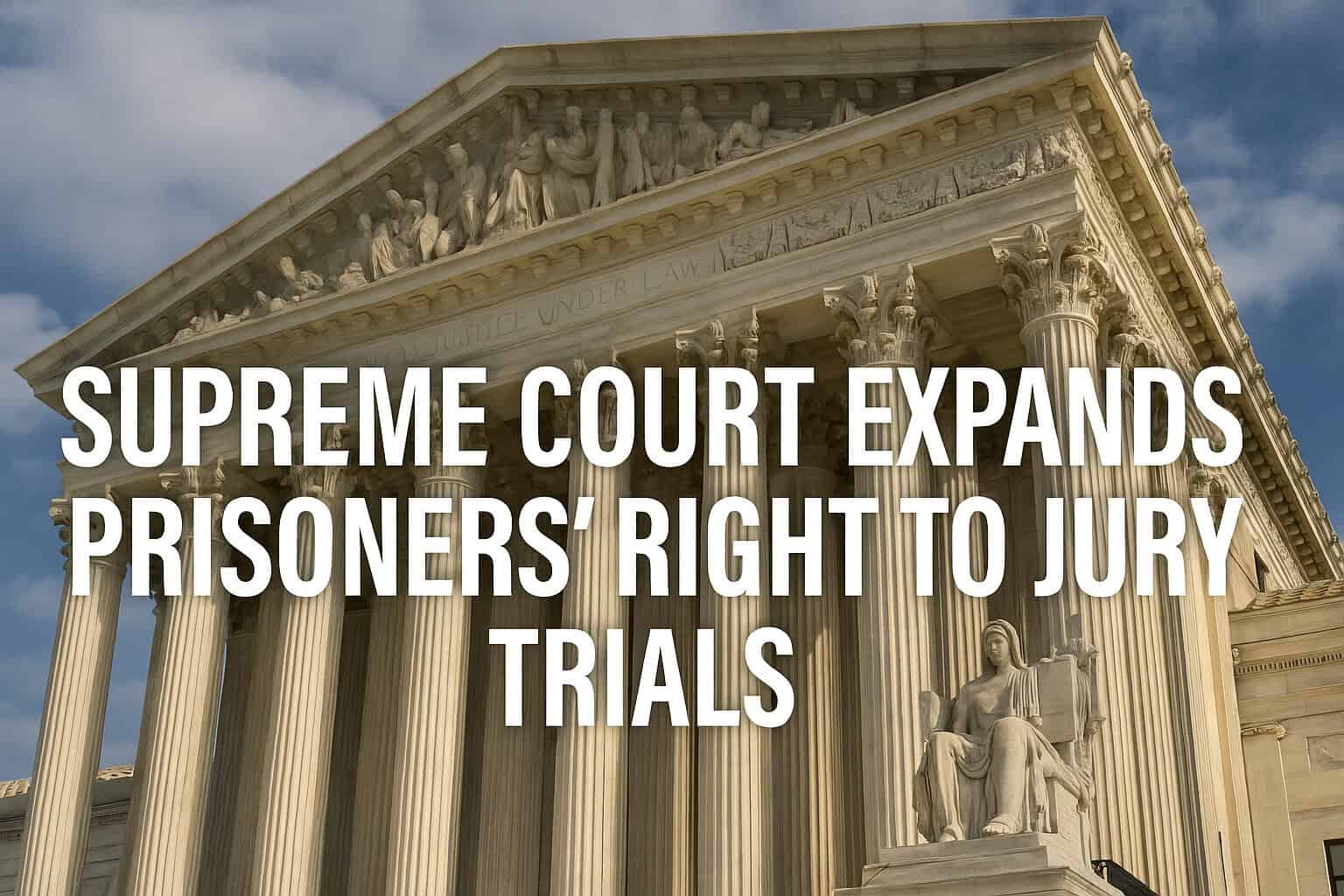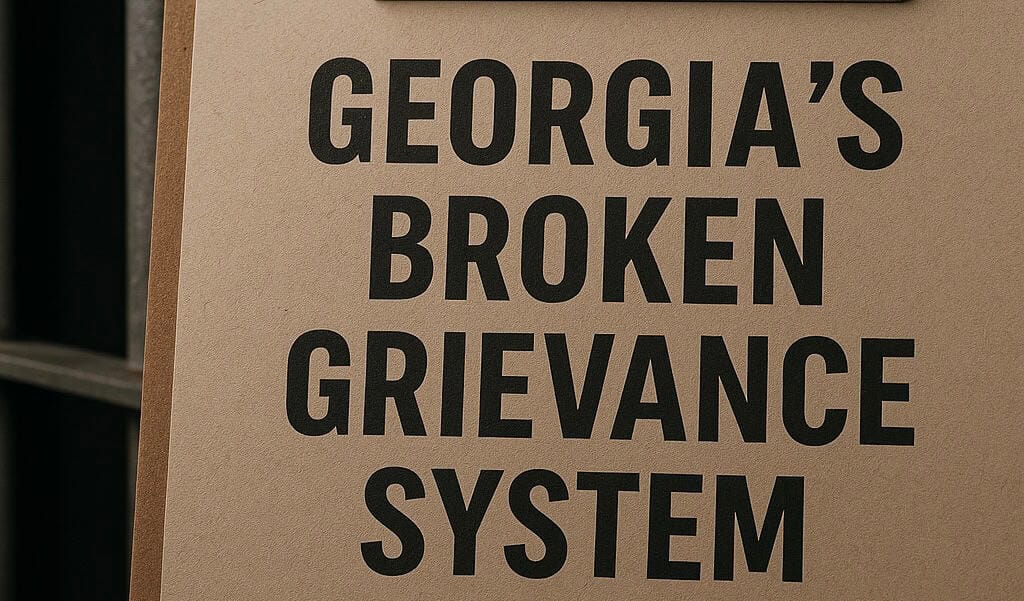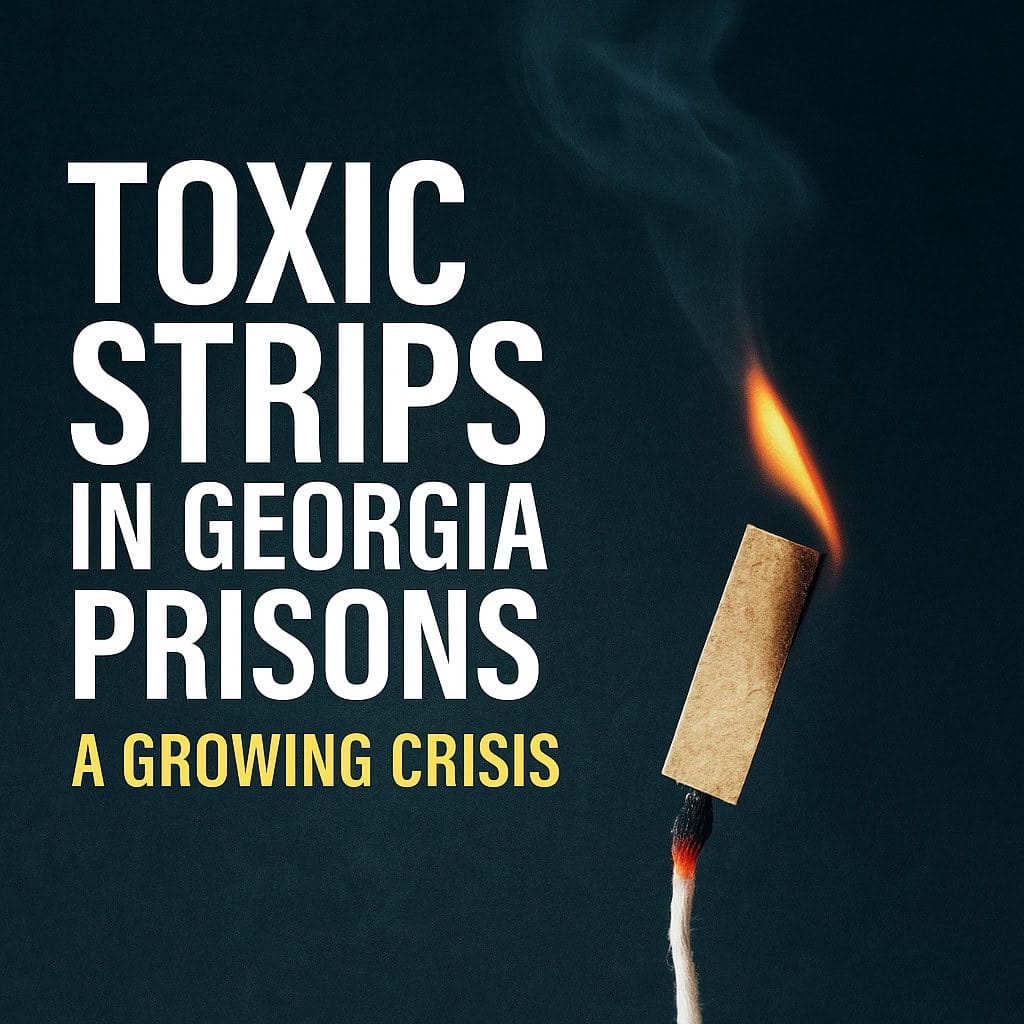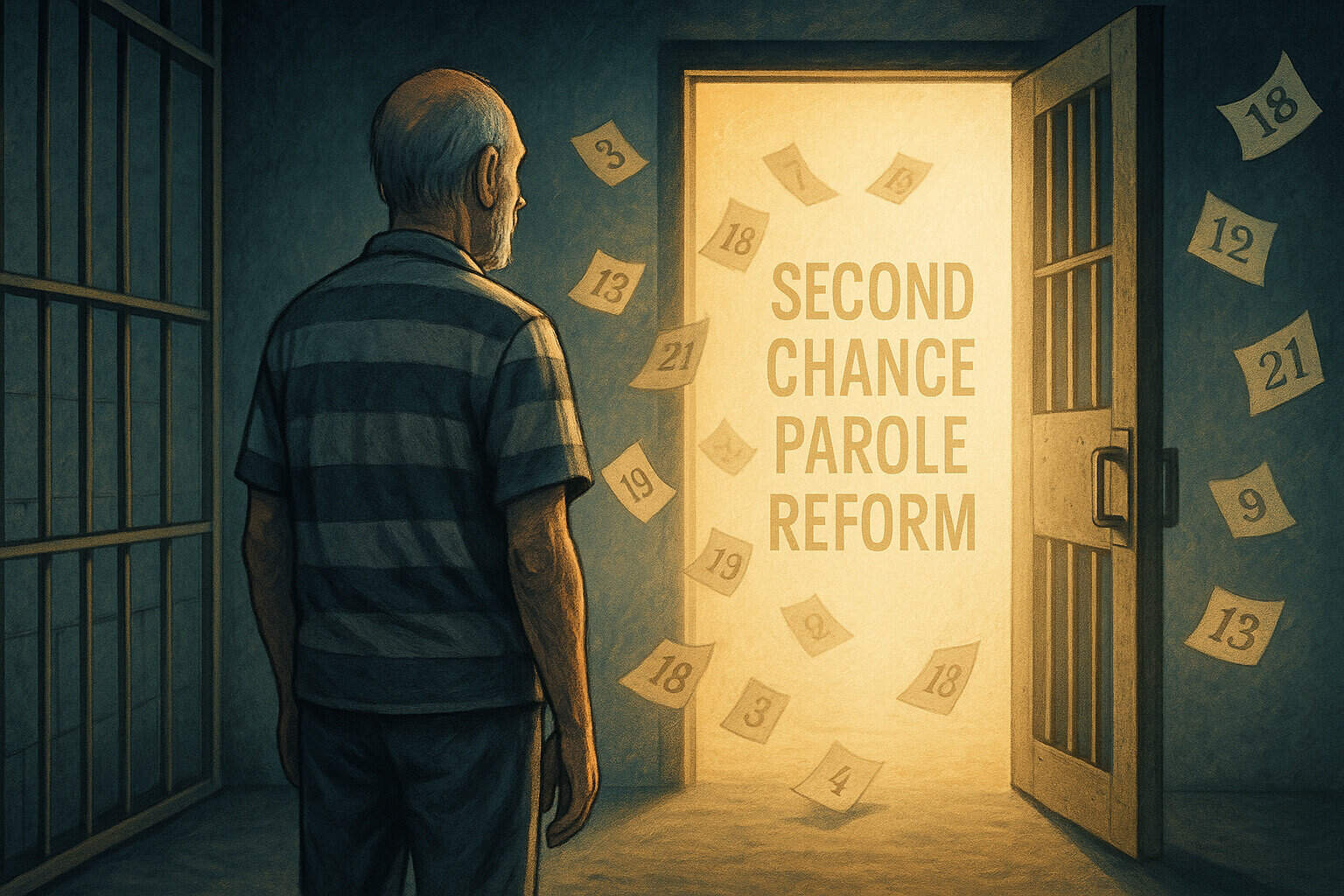#GeorgiaDepartmentofcorrections
A Win for Justice: Supreme Court Expands Jury Trial Rights for Prisoners Blocked from Filing Grievances
In a groundbreaking 5–4 ruling, the U.S. Supreme Court has expanded prisoners’ rights to jury trials—marking a major shift in how incarcerated individuals can seek justice when prison officials block access to the grievance system. This decision could be a game-changer for abused and silenced inmates across Georgia and the nation.
Georgia’s New Drug Crisis: The Strip Epidemic Inside State Prisons
Inside Georgia’s prisons, inmates are inhaling toxic smoke from drug-laced paper strips soaked in synthetic chemicals and mailed in through legal documents. The Georgia Department of Corrections knows how it’s getting in—but refuses to stop it. What’s happening isn’t just a drug crisis. It’s a slow-motion mass poisoning, and GDC is complicit.
Caged and Forgotten: The Hidden Horrors of Valdosta State Prison
In recent months, global attention has focused on the appalling conditions at the infamous CECOT prison in El Salvador. However, equally horrific conditions are taking place right here in the United States—within Georgia Department of Corrections’ Valdosta State Prison. The abuses at Valdosta reveal a disturbing parallel, and perhaps surpass the cruelty documented in other notorious prisons around the world.
Invisible Scars: A Path to Healing and Reform in Georgia’s Prisons
Georgia’s prison crisis demands immediate action—but there’s hope. In this powerful conclusion to our Invisible Scars series, we explore proven solutions from states and countries that have transformed their prison systems, significantly improving safety, cutting costs, and reducing recidivism. Discover how Georgia can implement humane reforms to break the cycle of violence and neglect, and learn exactly how you can help drive real, lasting change.
Invisible Scars: Cycle of Retaliation and Abuse in Georgia Prisons
Inside Georgia’s prisons, silence is enforced through fear, and those who speak up are punished brutally. Officers incite beatings, gang members control dorms, and retaliation is policy—not exception. From mothers being extorted to inmates beaten for asking questions, this is not a correctional system—it’s a war zone disguised as justice. What happens when the people meant to protect become the abusers? This isn’t just cruelty—it’s corruption in uniform. Read the stories they don’t want you to hear.









